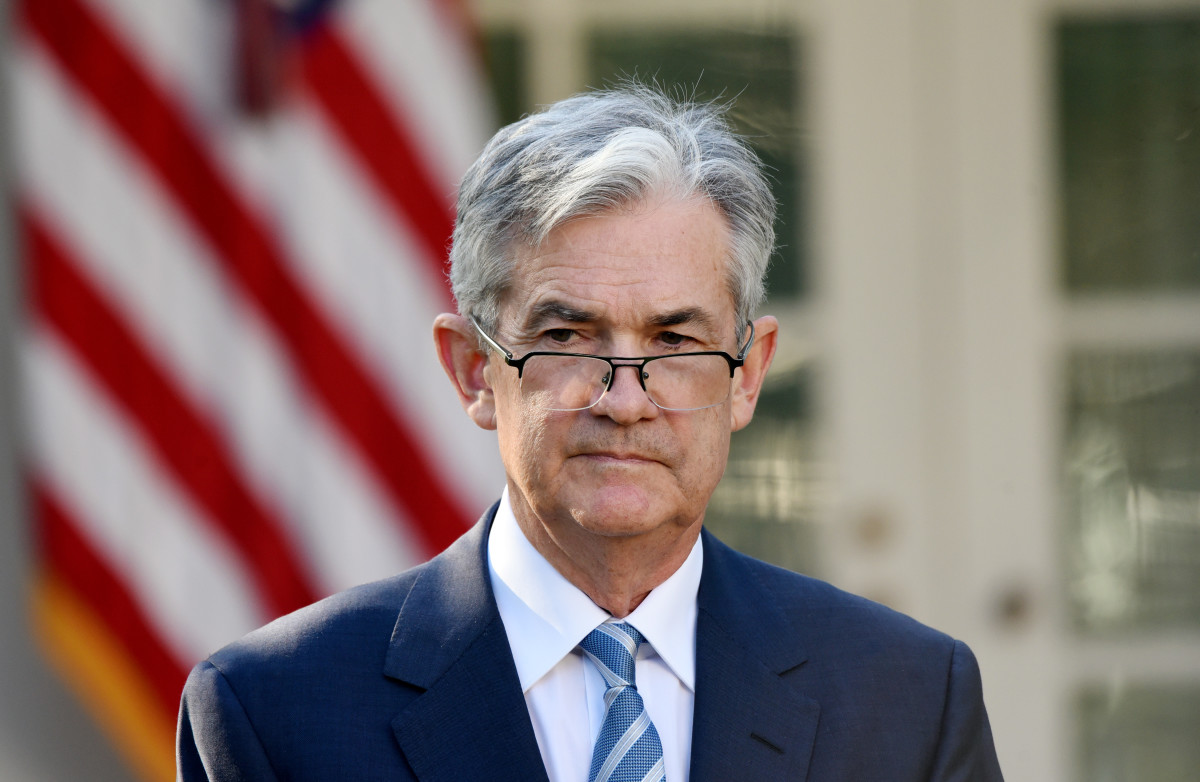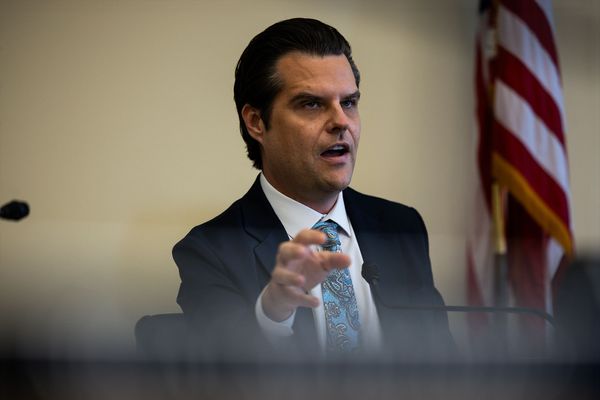
Federal Reserve Chairman Jerome Powell faces perhaps the toughest communication challenge of his tenure this week as investors look for clarity on the central bank's rate path following one of the longest runs of no rate changes on record.
Market pricing for Fed rate cuts has whipsawed for much of the year, with as many as four reductions penciled in for this year over the first quarter amid bets on slowing growth and easing inflation pressures.
Sticky inflation readings as well as a resilient labor market, which in turn supported stronger-than-expected GDP growth, canceled much of that dovish trade heading into the end of the second quarter, keeping Treasury bond yields elevated and the dollar trading near multiyear highs against its global peers.
A benign June CPI inflation report, however, as well as slowing gains in the labor market and softening consumer sentiment, has given way to renewed bets that the Fed will implement the first of a series of quarter point rate cuts in September.
And that's setting up what could be a difficult, if not impossible, challenge for Powell when he faces the media Wednesday at 2:30 pm Eastern Time.

And while no change is expected in the Fed's current lending rate, which sits at a two-decade high of between 5.25% and 5.5%, tomorrow in Washington, Powell will need to both signal the need, and indeed the intention, for a rate cut in six weeks' time while simultaneously explaining to markets why he wasn't prepared to do so this week.
Fed faces an 'awkward' challenge
"It will be a little awkward [for the Fed] when they try to telegraph that they'll cut soon while trying to explain why they're not cutting now," said Bryce Doty, senior vice president and portfolio manager at Sit Investment Associates.
The case for a cut, while by no means a slam dunk, is certainly compelling: The three-month annualized rate for core Personal Consumption Expenditures inflation, the Fed's preferred gauge, is now around 1.5%, well below its 2% threshold.
Unemployment, while low, is now ticking higher and was last pegged at 4.1%, a level that could accelerate into the autumn months as hiring slows and the impact of past Fed rate cuts chokes off credit growth.
Related: PCE inflation report cements timing of next Fed interest rate cut
However, the case against a September cut is just as compelling: The economy grew at a much stronger-than-expected rate of 2.8% last quarter, and the Atlanta Fed's GDPNow forecasting tool suggests that pace is holding firmly into the end of July.
Recent job-market data, while softening, still suggests a tight labor market with around 8.18 million positions remaining unfilled over the month of June.
"So far, the Fed has been able to thread the needle that softens inflation without inducing recession," said Jason Pride, chief of investment strategy and research at Glenmede.
"But if inflation pressures continue to back off, the Fed will go from a laser focus on the price stability half of its dual mandate to a more balanced approach that considers a situation in which normalization begins to turn into deterioration due to tight monetary policy," he cautioned.
Fed: Waiting for Godot
That puts the Fed in its current bind: Waiting for September raises the risk that it could fall behind the curve in reacting to changes in job and inflation data, while acting now could suggest Fed officials are seeing something in the economy that investors aren't.
"A surprise rate cut this week could cause an adverse market reaction and force investors to question why the Fed felt it was necessary to cut rates ahead of expectations," said Bret Kenwell, U.S. investment analyst at eToro. He argues that most would conclude that "the economy and labor market have deteriorated more quickly than expected."
Related: GDP report jolts Fed soft-landing hopes
Powell himself has hinted at the nature of this dilemma. He's told investors that the balance of risks between faster inflation and slowing employment is now more evenly spread, suggesting a path toward a September cut that would still need to be confirmed by incoming data.
But Richard Ratner, senior vice president at Bel Air Investment Advisors, sees it differently, saying markets will react to the kind of message he delivers in his post-decision news conference.
"In my view, inflation is no longer the problem. It’s growth, and the Fed should be keeping this in mind," Ratner said.
"As for markets, they will be reacting to his comments following the decision," he added. "If [Powell] remains hawkish, markets will likely price out a cut in September and equity markets will sell off as sentiment is hurt."
Catchup cuts?
Doty at Sit Investment Associates, however, sees any market pullback from a hawkish Fed message as a buying opportunity, arguing that "the longer and slower it takes to the Fed to reduce interest rates, the more they will need to do later to 'catch up' as households continue to struggle."
Right now, markets seem to be hedging that exact bet: the CME Group's FedWatch is now pricing in three rate cuts between now and the end of the year, with the Federal Funds rate falling to 4.625% by the close of the December meeting.
Related: Former Fed official changes tune on what's next for interest rates
If the Fed's first cut comes in September, as expected, that would mean the longest stretch between the most recent hike, in July 2023, and the next reduction.
Quickening that pace over the final two meetings of the year would certainly fall into the catchup theory as well, although the Fed isn't the only one changing its recent tune.
More Economic Analysis:
- June jobs report bolsters bets on an autumn Fed interest rate cut
- Biden debate flop boosts Trump, but economy may be tougher opponent
- First-half market gains come with a dash of investor unease
Goldman Sachs, which as recently as two months ago was forecasting no change in the Federal Funds rate until 2025, is now expecting at least two cuts between now and year's end.
“There’s no question there are some shifts in consumer behavior, and the cumulative impact of what’s been kind of a long inflationary pressure, even though it’s moderating, is having an effect on consumer habits," Chief Executive David Solomon told CNBC Tuesday.
Related: Veteran fund manager sees world of pain coming for stocks







